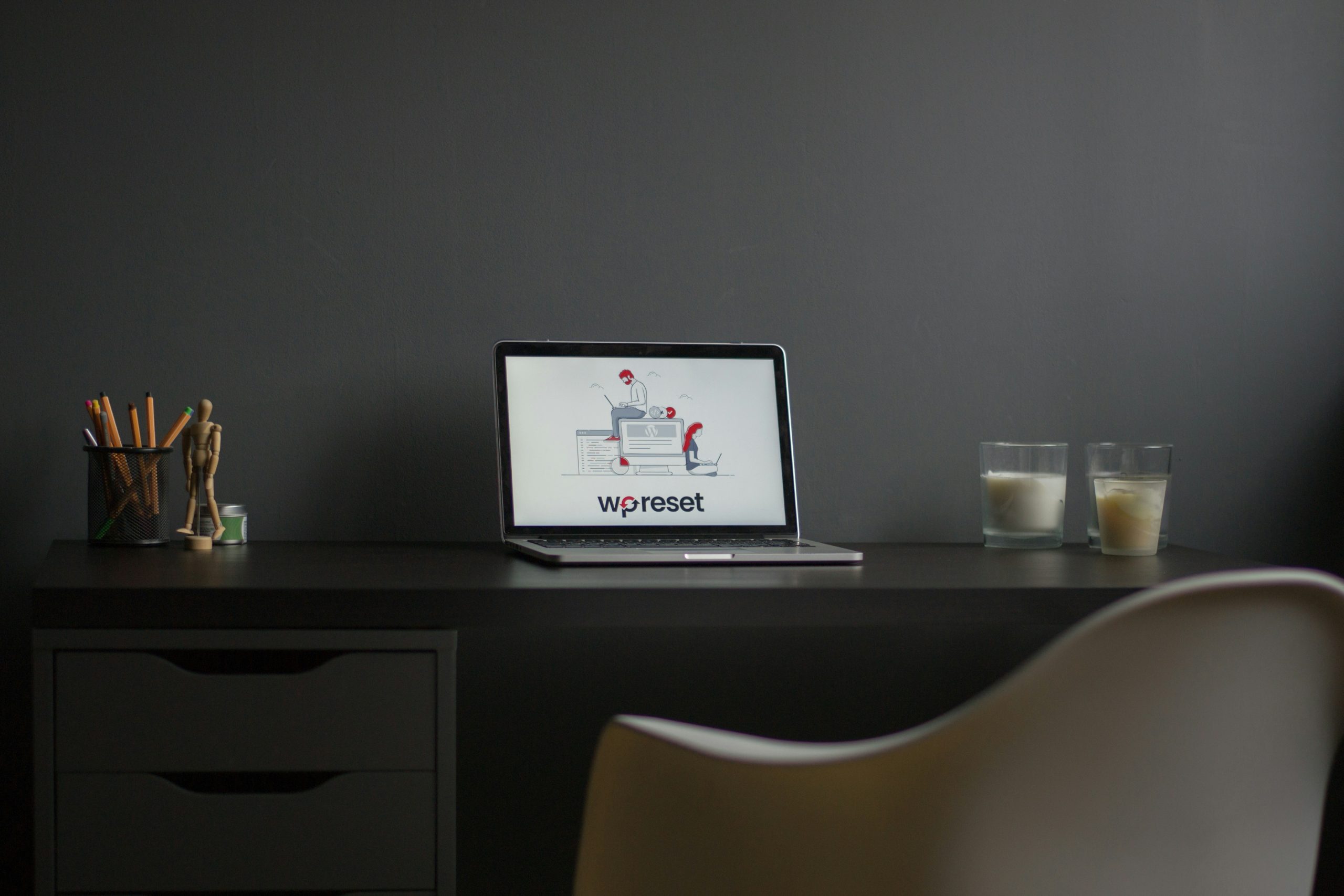Speed is everything in today’s digital world. If your WordPress website is slow, you’re losing visitors and, in turn, potential customers. Search engines like Google also penalize slow websites by ranking them lower in search results, making speed optimization a crucial aspect of running a successful WordPress site. The good news? There are plenty of ways to speed up your WordPress website without sacrificing functionality or design.
In this article, we’ll walk you through 10 proven techniques to boost your site’s speed, making sure it performs well for both users and search engines. We’ll also introduce you to some powerful plugins, that can help you achieve these results more easily.
For database and content cleanup that directly improves load times, use Bulk WP — it safely removes old drafts, revisions, orphaned meta/terms, unused media, and more in batches (or on a schedule), keeping WordPress lean and fast.

1. Choose a Fast and Reliable Hosting Provider
Your hosting provider is the foundation of your website’s speed. A good hosting provider ensures that your website loads quickly, even during traffic spikes. Shared hosting might be cheap, but it’s often the slowest option, as you’re sharing resources with many other sites.
Recommended Hosting Providers:
- SiteGround: Known for its excellent customer service and fast servers, SiteGround is a popular choice for WordPress users.
- Kinsta: A premium managed WordPress hosting provider, Kinsta offers incredible speed and top-notch security.
- Bluehost: Officially recommended by WordPress, Bluehost provides a good balance of performance and affordability.
By choosing a reliable hosting provider, you’re already on the path to a faster WordPress site.
2. Optimize Your Images
Images are essential for a visually appealing website, but they can also slow it down if not optimized. Large image files take longer to load, affecting the overall speed of your site.
How to Optimize Images:
- Compress Images: Use tools like TinyPNG or plugins like Smush to compress images without losing quality.
- Use the Correct Format: JPEG for photographs, PNG for images with transparency, and SVG for simple graphics.
- Lazy Loading: Implement lazy loading so images load only when they come into the viewport, reducing initial load time. The a3 Lazy Load plugin can help with this.
3. Leverage Caching
Caching is one of the most effective ways to speed up your WordPress site. When a page is cached, it stores a static version of the site, allowing it to be served to visitors more quickly.
Recommended Caching Plugins:
- WP Rocket: A premium caching plugin that’s easy to use and incredibly effective.
- W3 Total Cache: A popular free caching plugin that offers extensive customization options.
- WP Super Cache: Another excellent free plugin, especially for beginners.
Enabling caching can significantly reduce load times and server strain, improving user experience and SEO.
4. Minimize HTTP Requests
Every element on your web page—images, scripts, stylesheets—requires an HTTP request to load. The more requests your site makes, the slower it becomes.

How to Minimize HTTP Requests:
- Combine Files: Merge CSS and JavaScript files where possible to reduce the number of requests.
- Remove Unnecessary Plugins: Each plugin you install often adds its own files to your site. Regularly review and remove any plugins you don’t need.
- Use a Content Delivery Network (CDN): A CDN stores your site’s files on servers around the world, reducing the distance data has to travel.
Recommended CDN Providers:
- Cloudflare: A popular CDN that offers both free and premium plans.
- MaxCDN: Known for its speed and reliability, MaxCDN is a favorite among developers.
Reducing HTTP requests can lead to a noticeable improvement in your site’s speed.
5. Optimize Your Database
Over time, your WordPress database can become bloated with unnecessary data, slowing down your site. Regularly cleaning and optimizing your database is essential for maintaining good performance.
How to Optimize Your Database:
- Delete Unused Data: Remove spam comments, post revisions, and trashed items.
- Use a Plugin: The WP-Optimize plugin is excellent for cleaning and optimizing your database with just a few clicks.
Optimizing your database can lead to faster query execution, which directly impacts your site’s loading time.

6. Update WordPress, Themes, and Plugins Regularly
Keeping your WordPress core, themes, and plugins up-to-date is crucial for performance. Updates often include speed enhancements, bug fixes, and security improvements.
Tips for Regular Updates:
- Enable Auto-Updates: For minor updates, enable auto-updates to ensure your site is always running the latest version.
- Test Before Updating: Use a staging site to test updates before applying them to your live site to avoid potential issues.
- Backup Your Site: Always back up your site before performing any updates.
Regular updates not only keep your site secure but also help maintain optimal performance.
7. Use a Lightweight Theme
Your WordPress theme plays a significant role in your site’s speed. A well-coded, lightweight theme will always load faster than a feature-heavy one.
Recommended Lightweight Themes:
- Astra: A fast, customizable, and lightweight theme that’s great for all types of websites.
- GeneratePress: Known for its speed and simplicity, GeneratePress is a favorite among WordPress users.
- Neve: A super-fast, multipurpose theme that’s optimized for speed and SEO.
Switching to a lightweight theme can shave precious seconds off your load time, providing a better user experience.
8. Defer JavaScript Loading
JavaScript can be a significant contributor to slow load times, especially if it’s loaded before your page’s content. Deferring JavaScript means that it only loads after the main content has, improving your site’s perceived speed.
How to Defer JavaScript:
- Use a Plugin: The Async JavaScript plugin allows you to defer or asynchronously load JavaScript files.
- Manual Editing: For those comfortable with coding, you can manually edit your theme’s
functions.phpfile to defer JavaScript loading.
By deferring JavaScript, your site will appear to load faster, even if all elements haven’t fully loaded yet.
9. Use a Content Delivery Network (CDN)
A CDN can significantly speed up your website by distributing its files across a network of servers around the world. When a visitor accesses your site, the CDN serves your content from the server closest to them, reducing latency and speeding up load times.
Benefits of Using a CDN:
- Faster Load Times: As files are served from the nearest server, load times decrease.
- Improved Reliability: CDNs can handle traffic spikes better than a single server.
- Better Security: Many CDNs offer DDoS protection and other security features.
Recommended CDN Providers:
- Cloudflare: A popular and affordable CDN with a free tier.
- KeyCDN: Known for its simplicity and ease of integration with WordPress.
Implementing a CDN can dramatically improve your site’s speed, especially for visitors from different geographical locations.
10. Reset Your WordPress Site with WP Reset
Over time, as you experiment with different themes, plugins, and settings, your WordPress site can become cluttered and slow. If you’re looking for a fresh start without losing your content, WP Reset is the plugin you need.
Benefits of Using WP Reset:
- Safe Reset: WP Reset allows you to reset your site without losing your content or settings, making it easier to start fresh.
- Snapshot Feature: Before making any major changes, create a snapshot so you can easily revert back if needed.
- Remove Unused Files: WP Reset can help you remove old themes, plugins, and other files that are no longer needed, freeing up resources.

WP Reset is an essential tool for anyone looking to optimize their WordPress site by cleaning up clutter and starting fresh.
Conclusion
A fast website is not just a luxury—it’s a necessity. By following these 10 proven techniques, you can significantly speed up your WordPress site, improving both user experience and search engine rankings. From choosing the right hosting provider to using a powerful plugin, these strategies will help you optimize your site for speed.
Remember, website speed is an ongoing process. Regularly review your site’s performance, update your tools and plugins, and make adjustments as needed to keep your site running at its best. With the right approach, your WordPress site will be faster, more efficient, and ready to impress visitors and search engines alike.